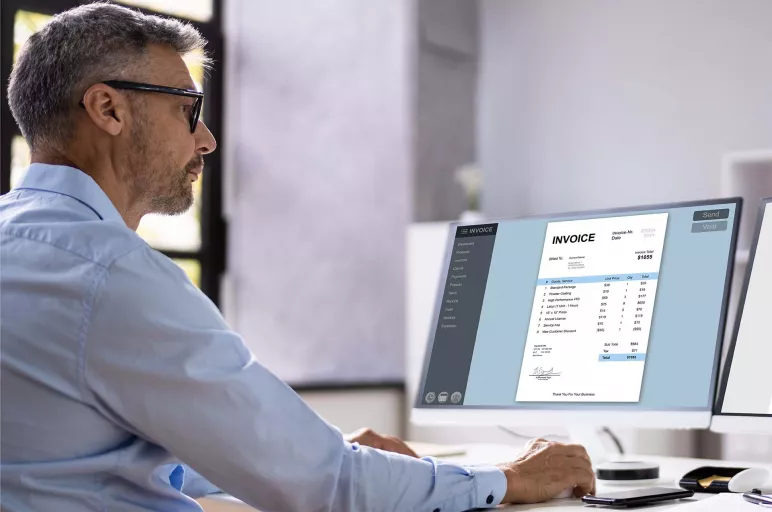
Unveil Hidden Threats: How to Detect and Avoid Procurement Fraud
- Procurement fraud can be perpetrated by an external supplier or internal staff.
- Businesses must conduct ongoing checks and risk assessments into specific areas of procurement.
- They must also clean vendor data to avoid duplicate vendors listed in the system.
May 22, 2023 | Procurement Strategy
Regular involvement with multiple third-party partners makes procurement highly vulnerable to some types of fraud. And there are several ways in which procurement fraud can be committed.
Many a time, businesses enter into a single source supplier contract for specific goods and services. In this case, there is a high possibility of the supplier taking advantage and overpricing. Procurement staff may also collude with the supplier to continue to have a single supplier arrangement when the same goods and services may be available at a lower price through another supplier.
In another scenario, suppliers may collude with procurement professionals to inflate invoices or create duplicate invoices for goods and services. If the contract includes payment for labor, contractors may tamper with the number of staffers employed and hours worked to claim higher payments.
In another type of procurement fraud, suppliers may provide inferior quality products to save costs and deceive the buyer.
At times, there can also be a conflict of interest if a procurement executive is a silent partner in a supplier organization. Alternately, a procurement leader may take undue advantage of position and award a contract to a supplier based on personal acquaintance.
Interestingly, fraud may occur even before the contract is awarded to a supplier. Premature opening of bids, unjustified time limit extensions and bid-rigging schemes are some types of fraud related to the submission process.
In some cases, procurement staffers may be completely sidelined during initial vendor consultations and later presented with a ‘done deal’.
So, how can procurement teams detect such deviations and prevent them from causing damage to the business?
What is Procurement Fraud?
Any deliberate action taken in the procure-to-pay lifecycle to make a financial gain at the expense of the enterprise can be called procurement fraud. Such an action may be initiated either by a supplier, contractor, subcontractor or by a member of the in-house procurement team.
When an internal team member is involved, it can be difficult to detect fraudulent activity, especially when the member works at a senior level. As mentioned above, procurement fraud can be committed before as well as after a contract is awarded.
Detecting and Preventing Procurement Fraud
Businesses can take several measures to prevent and monitor any kind of procurement fraud. Here are a few of these:
• Define a ‘No PO, No Pay’ Policy:
This means that any invoice that cannot be matched to a corresponding purchase order will not be paid. This policy provides a strong defense against invoice fraud and ensures that all business spend is routed through procurement and accounts payable.
• Focus on Training:
Develop fraud risk and compliance training programs. Additionally, create a fraud risk management group that reports directly to a risk management committee.
• Spread Compliance Information:
Ensure that suppliers are aware of the organization’s code of conduct and stance on fraud and corruption and sign an acknowledgement of compliance.
• Educate Suppliers:
Encourage suppliers to create their own fraud control checks, policies and procedures. Provide incentives for suppliers that have such a program in place.
• Screen New Players:
Conduct background checks before onboarding new suppliers and contractors. Exclude suppliers that are found to have participated in any unethical activity.
• Rotate Staff:
Implement a staff rotation policy within high-risk product categories. Conduct detailed background checks on new employees in these high-risk groups.
• Conduct Periodic Checks:
Conduct internal audit and fraud risk assessments at regular intervals, especially for specific areas of procurement such as contract management.
In addition to the above measures, procurement should monitor small purchase orders that are close to or just below established approval thresholds. Check if orders are deliberately split to avoid getting scrutinized. Procurement should also review approver lists to determine that the user’s current role includes assigned permissions.
Finally, there should be complete transparency and communication within the procurement organization. Communication channels should preserve the full history of interaction between the company and their suppliers.
Learn how GEP can boost collaboration between procurement and suppliers and create transparency in supplier interactions.




